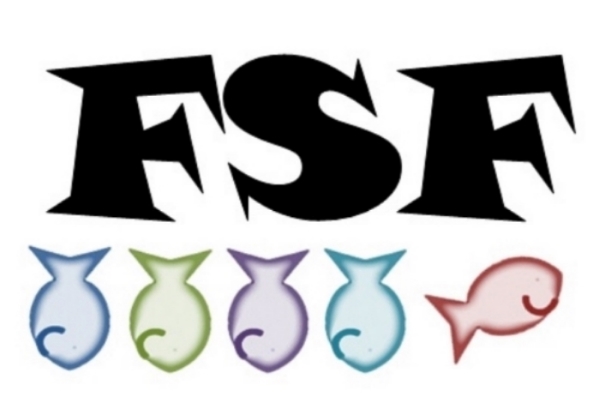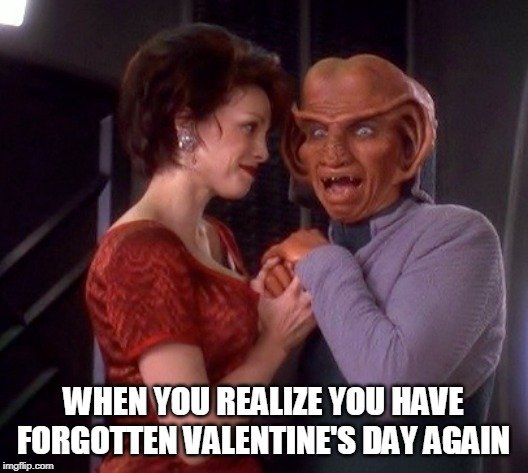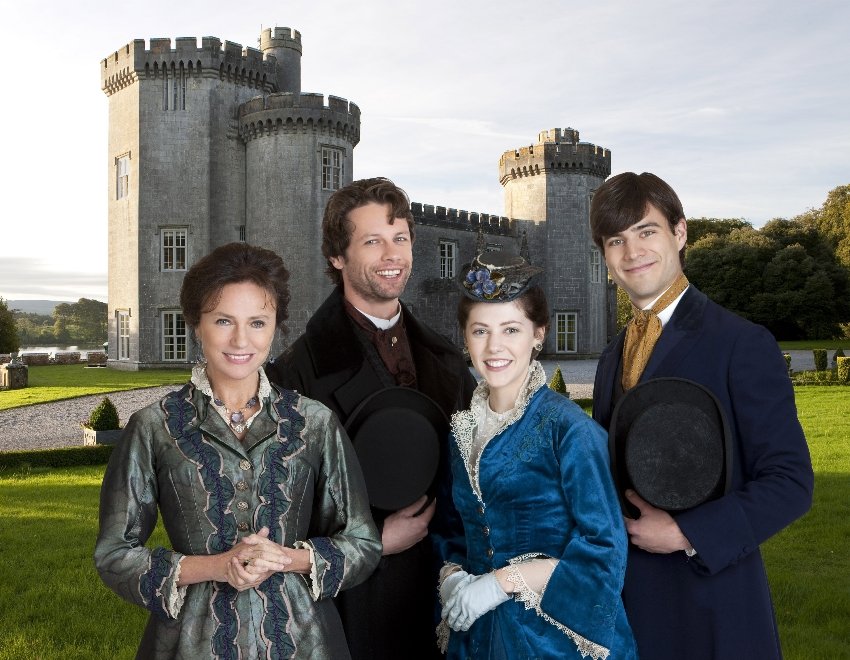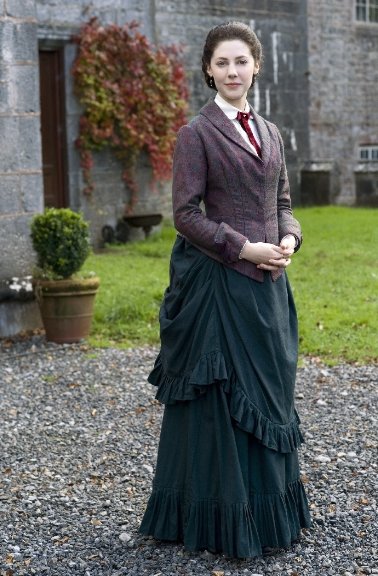Oh, come on! You knew this one was coming eventually. This is the premiere 2 part episode of "Murder, She Wrote” from 1984. You know this show. You know you know it. Even if you’ve never seen it, you know it’s out there, especially if you were a child of the 80s or 90s. The star, Angela Lansbury, was so ingrained into our culture that you were aware of this show probably at birth.
Fine. Just in case you don’t know, the premise of “Murder, She Wrote” is literally that. Jessica Fletcher is a popular murder mystery writer who lives in the small town of Cabot Cove where’s she an active member of the community. So active, that she ends up regularly helping the sheriff solve real murders. In fact, everywhere she goes she’s asked to assist in a murder investigation by somebody. No one seemed to question (that I can recall) why murder followed Angela Lansbury’s character everywhere she went, but you know - it was the 80s. All that cocaine was clouding people’s judgement.
The Murder of Sherlock Holmes starts with substitute teacher Jessica as a part of a local refreshments team viewing the dress rehearsal for a murder-mystery play. By just watching the first act, she reveals to the the director that she knows who the killer is and how. Of course, she’s right because she knows story structure! I love this opening scene! Especially, since the director was writing her off as silly middle-aged woman and thinks that his play isn’t well written and that’s why she figured it out. Many writers of fiction understand cause and effect. We ruin a lot of movies for ourselves, but it can’t be helped.
But at this point in the series, she isn’t published. Her nephew Grady (a re-occurring character that runs to his Aunt Jessica every time he screws up his life . . . which happens a lot in the show) calls to reveal that he gave her first manuscript to a publisher. Within weeks, this recent widow is number 2 on the bestseller list and completely overblown by her own picture in bookshop windows. She’s sent to New York for a series of personal appearances, most of which make her realize that the entire media business is full of phonies, fake academics, fortune hunters, and hosts who give away the ending on television (rude!). Then, she’s accused of stealing the idea from a crazy woman and that’s the end of it for her. She’s ready to leave when Mr. Giles, her publisher, insists on bringing her to a party at his country house to meet friendly book lovers where she won’t be “patronized” or “brow-beaten”.
Jessica is thrust into a rich people costume party where everyone comes as their favorite fictional character (although one man is dressed as Henry VIII so these aren’t intelligent rich people). She dresses as Cinderella’s fairy godmother, but I always thought she looked more like Glinda the Good Witch. Here is where we meet the Sherlock Holmes in question, a lecherous captain played by Brian Kieth, who is found in the pool with a face-full of buckshot. Or at least, that’s what everyone is led to believe at first. This isn’t really important, but Anne Francis played his glamorous, yet suffering wife (she starred in Forbidden Planet - as the song goes).
Enter Ned Beatty as a police chief. Despite him stating that he read Jessica’s book, “not that he liked it”, the chief asks for her insight as a people watcher. Smart man. Ask the woman that’s going to be looking for her next character. Despite his reliance on her theories, Jessica doesn’t want to get involved until her nephew Grady is named as a suspect. If you know this show, you know that Grady is not smart enough or ballsy enough to pull off murder, but he tends to end up in bad situations all of the time.
I’m not going to give away the killer or motive, but I’ll tell some more about the mystery and her writer’s mind. First, a quick complaint. There’s a part when Jessica is trying to tail a suspect and is nearly assaulted by Andy Garcia. First of all, the stand-ins for the fight scene are just bad. But also, she wanders into this bad neighborhood without even thinking about it like she’s some naive small town hick. I wish they’d given her a little more common sense there. Luckily, a young man, (listed int he credits as “Black Youth” - insert grunt noise here) who recognized her from her book cover, follows and saves her from evil Andy Garcia. Still, it’s kind of a sweet scene which shows her that even if the elite of the book world don’t appreciate her, the fans do. But more importantly, there is the moment when Grady promises her she’ll write more books, even when she declares that she’s giving it up. The entire show is called “Murder, She' Wrote” so clearly she keeps writing. Still, even when writers aren’t writing things down, their brain is constantly in a state of authorship.
If you enjoy Murder, She Wrote, you should watch PushingUpRoses on Youtube. She’s an artist who recaps the zaniest episodes of this show with fantastic humor and delightful insight. Also check out her videos on computer games from the 90s and episodes of spooky kids shows and bad movies - you know, what! It’s all great! Just go watch her channel.














































